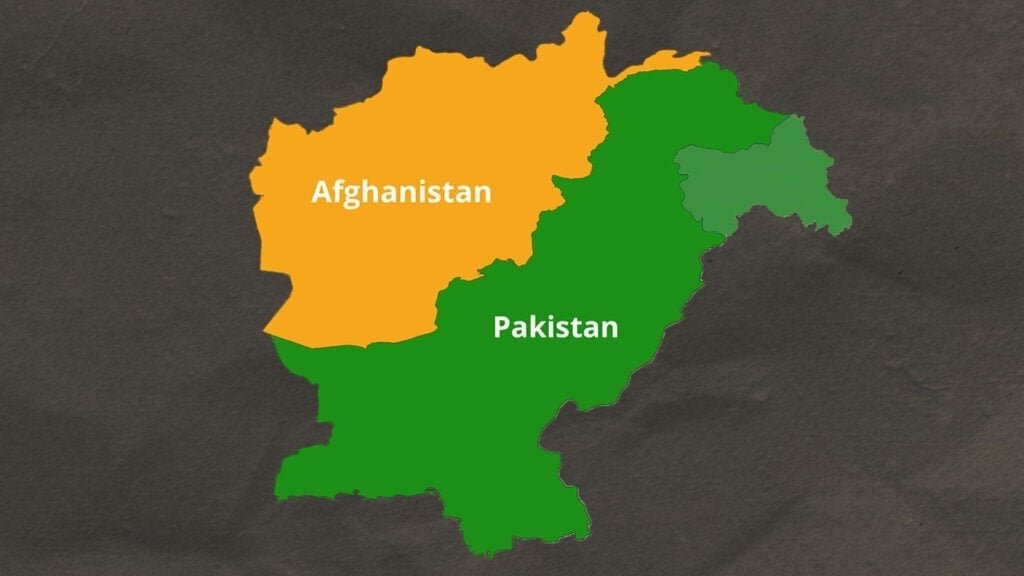Mudassir Rizwan
The global challenges posed by climate change are increasingly evident, affecting every nation on earth. From rising temperatures and extreme weather events to biodiversity loss and economic instability, the consequences of climate inaction are severe. As these issues intensify, the need for comprehensive and equitable climate solutions has never been more urgent. The UN Climate Change Conference (COP29), held in Baku, Azerbaijan, in November 2024, marked a significant step forward in addressing these challenges. However, as Simon Stiell, the Executive Secretary of the UN Framework Convention on Climate Change (UNFCCC), aptly noted, “this new finance goal is an insurance policy for humanity.” But just like any insurance policy, it will only work if the premiums are paid on time and in full. Promises made must be kept for the protection of billions of lives.
COP29 concluded with a renewed focus on climate finance, particularly bridging the gap between developed and developing nations. The conference centered on the New Collective Quantified Goal (NCQG) for climate finance, a successor to the previous $100 billion goal set in Paris. The outcome of COP29 represents a monumental shift in global climate action, with the new goal set at a minimum of $1.3 trillion annually by 2035. This goal emphasizes the need for greater financial commitments from developed nations to assist vulnerable countries in their efforts to mitigate climate impacts and adapt to a low-carbon future.
This target is particularly significant for countries like Pakistan, which, despite contributing less than 1% of global emissions, remains one of the most vulnerable nations to the impacts of climate change. The country is already experiencing frequent natural disasters, including floods, droughts, and heatwaves, which disrupt communities, harm agriculture, and exacerbate socio-economic inequalities. The $1.3 trillion global finance goal could provide Pakistan with the necessary resources to address these mounting challenges and create sustainable pathways to resilience.
Pakistan’s Climate Vulnerability and Economic Challenges
Pakistan’s climate vulnerability is a pressing concern, and the country’s development prospects are closely tied to the ability to manage these risks. The agricultural sector, which employs around 40% of the workforce, is especially vulnerable to climate-related disruptions. Erratic weather patterns and extreme climate events threaten food security, while urban centers such as Karachi struggle with flooding and rising temperatures. Additionally, Pakistan’s economic reliance on high-emission sectors, such as agriculture, textiles, and fossil fuels, further complicates its climate response.
The energy sector, in particular, poses a significant challenge. Fossil fuels continue to dominate Pakistan’s energy supply, accounting for 40% of the primary energy mix, while renewable sources contribute a mere 7%. Although projects like the Quaid-e-Azam Solar Park have shown potential, the continued reliance on coal-fired power plants, including those under the China-Pakistan Economic Corridor (CPEC), hinders the country’s transition to clean energy. Shifting to renewable energy will require significant investments in infrastructure, workforce retraining, and incentives for renewable energy adoption. However, entrenched political and economic interests in coal and oil sectors, along with governance weaknesses, present formidable obstacles to progress.
The 18th Constitutional Amendment has decentralized environmental governance, leaving provinces like Sindh and Balochistan, which are particularly vulnerable to climate change, without adequate resources or technical capacity to manage risks. Meanwhile, short-term political priorities, such as poverty alleviation and job creation, often overshadow long-term climate goals.
Challenges in Accessing Climate Finance
Despite the increasing recognition of Pakistan’s climate vulnerabilities, the country faces significant barriers in accessing the necessary international climate finance to meet its estimated $348 billion adaptation and mitigation needs by 2030. Pakistan’s heavy debt burden and bureaucratic inefficiencies complicate efforts to secure funding for climate initiatives. Additionally, the influence of industrial and energy lobbies, particularly those aligned with fossil fuels, hampers the transition to cleaner energy. The lack of a strong counterbalance from environmental advocacy groups means that the political and economic powers that benefit from the status quo often stall meaningful climate action.
COP29 outcomes offer a glimmer of hope for Pakistan, as the new climate finance goal of $1.3 trillion annually could provide much-needed funding for the country’s climate response. However, accessing these funds will require significant advocacy and preparation. Pakistan must focus on advocating for mechanisms that simplify access to climate finance, ensuring that the funds reach the areas of greatest need, including sustainable agriculture, renewable energy, and disaster resilience.
Opportunities and Solutions for Pakistan
There is no doubt that Pakistan faces immense challenges, but the opportunities for transformation are equally significant. One of the most pressing priorities is to shift the energy landscape away from fossil fuels and toward renewable sources. Expanding renewable energy generation through solar, wind, and hydropower can not only reduce emissions but also decrease Pakistan’s dependence on energy imports. The government should focus on incentivizing renewable energy development, particularly through public-private partnerships, to encourage investment in clean technology.
Improving energy efficiency across industries and urban centers is another important step. Pakistan’s inefficient energy infrastructure, combined with a high reliance on coal, contributes to both high emissions and energy insecurity. By adopting more efficient technologies and modernizing the energy grid, the country can reduce emissions and lower energy costs.
The agriculture sector also offers substantial opportunities for climate action. By investing in climate-smart agricultural practices, such as efficient irrigation systems, drought-resistant crops, and sustainable farming techniques, Pakistan can enhance its food security while reducing its environmental impact. Leveraging technology to optimize resource use and reduce emissions in farming can provide a model for other developing nations facing similar challenges.
Urban areas in Pakistan, especially Karachi, are increasingly vulnerable to climate change, with flooding, heatwaves, and poor air quality worsening due to rapid urbanization. To enhance urban resilience, the country must invest in sustainable infrastructure, such as green buildings, public transportation systems, and flood control measures. Additionally, incorporating urban green spaces, rooftop gardens, and rainwater harvesting systems can help mitigate the urban heat island effect and improve water management.
Strengthening Governance and Policy Frameworks
The challenges of climate adaptation and mitigation in Pakistan are not solely technical; they also require a fundamental shift in governance and policymaking. Effective coordination between federal and provincial governments is crucial to ensuring that climate policies are implemented efficiently. Establishing a centralized climate finance authority could streamline the allocation of funds, monitor progress, and ensure accountability in the use of international climate finance.
Additionally, integrating climate considerations into national development planning will ensure that sustainability is embedded in the country’s growth trajectory. Pakistan must also strengthen its participation in international climate negotiations, forming alliances with other developing countries to amplify its voice and bargaining power in forums like COP.
Building a Green Future Through Education and Awareness
Education and public awareness are essential components of Pakistan’s climate strategy. By incorporating climate education into school curricula and launching national campaigns, Pakistan can foster a culture of environmental responsibility. Engaging youth and community leaders as advocates for sustainability will help create a broad-based movement for climate action. Furthermore, strengthening environmental advocacy groups will ensure that sustainability remains a priority in policy discussions.
Conclusion: A Critical Crossroads
Pakistan is at a critical juncture, where the consequences of inaction are dire, but the potential for transformation is vast. By embracing the spirit of COP29 and leveraging international climate finance mechanisms, Pakistan can address its vulnerabilities while contributing meaningfully to global climate goals. Through strong governance, innovation, and collaboration with both public and private sectors, Pakistan can chart a sustainable future. Integrating global support with local resilience efforts will ensure that the country can overcome its climate challenges, paving the way for a future of environmental stewardship and socio-economic stability for generations to come.















